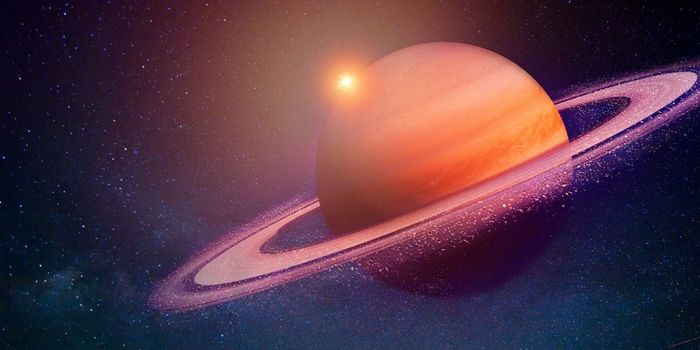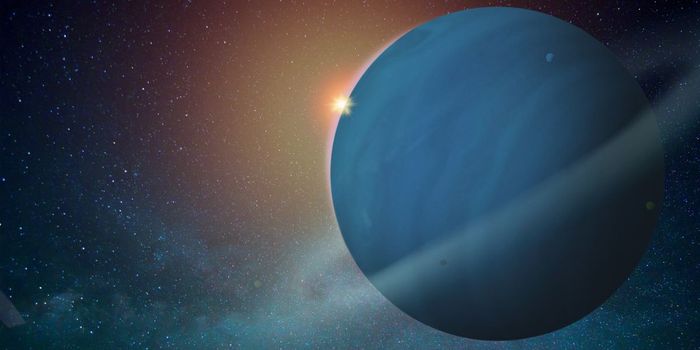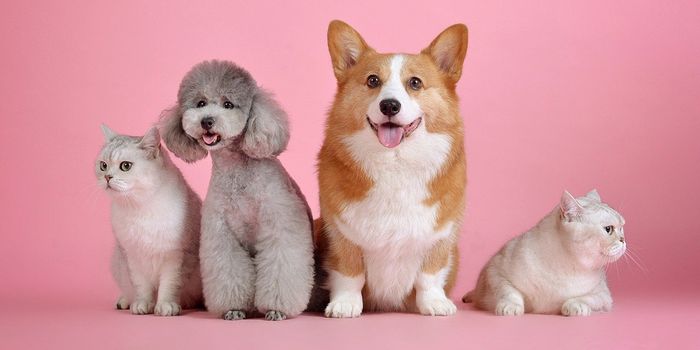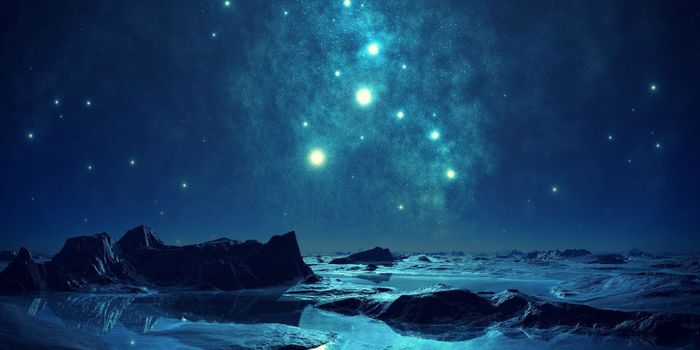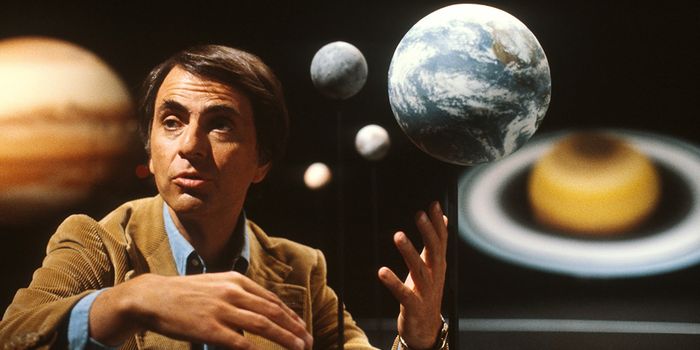Why We Need Stricter Standards for What We Call "Moons"
People typically think of a 'moon' as a natural secondary object orbiting a planet that orbits a host star. For example, Earth orbits the Sun, but the Moon orbits the Earth. Likewise, Mars orbits the Sun, and two moons, Deimos and Phobos, orbit Mars.
As we search the outer reaches of our solar system, we're finding higher concentrations of moons orbiting other planets. Jupiter, for example, has 67 confirmed moons, while Saturn has 62.
These figures are pushing the limits, and there's still no telling how much more are hiding in the dark. Moreover, many moons orbiting Jupiter and Saturn barely measure 1 kilometer across.
With seemingly no lower limit in the definition of what we call a "moon," almost any small space rock orbiting a planet could be considered one. This gray area has experts thinking: perhaps we need a more detailed way of defining what a moon is.
There's no telling how space experts might categorize moons in the future, but a stricter definition could help us better differentiate between the plethora of objects residing in our solar system.

